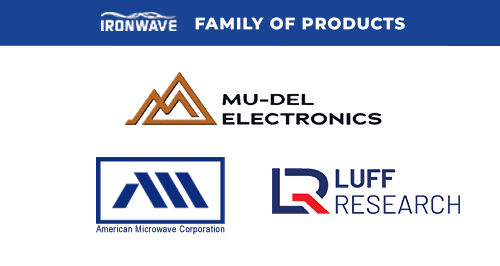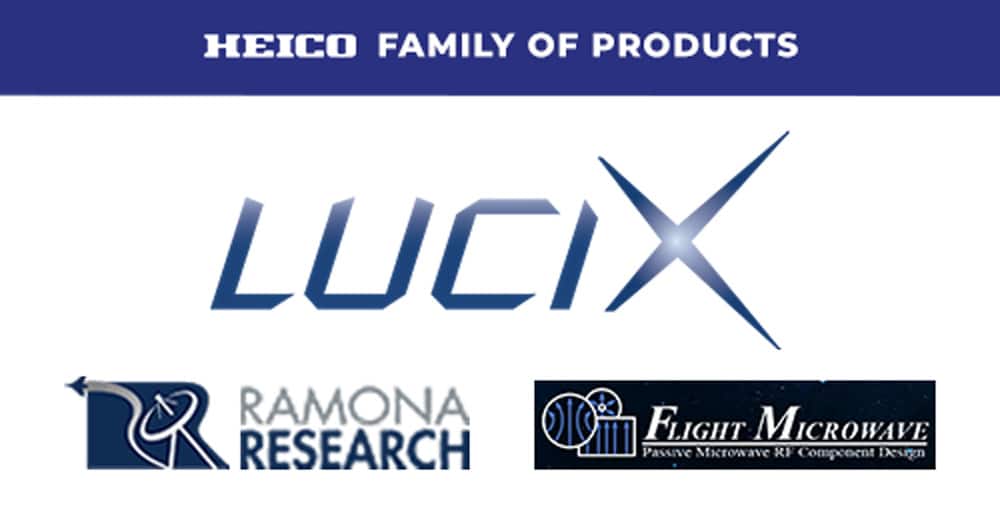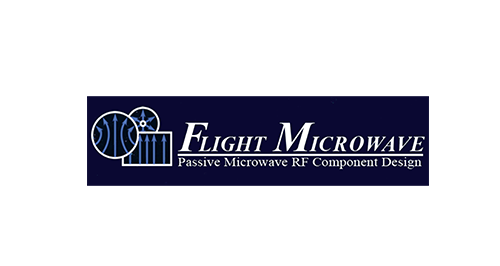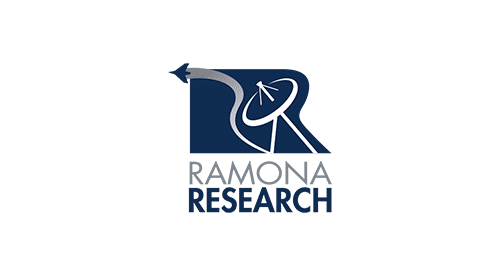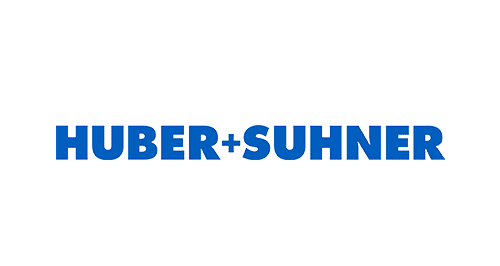5 Things To Review Before Developing To SOSA

Developing To SOSA
SOSA™ (Sensor Open Systems Architecture) is chartered with creating a common framework for transitioning sensor systems to an open systems architecture based on key interfaces and best practices established by industry-government consensus. SOSA is designed to improve sub-system re-configurability, upgradability, and re-use and to shorten cycle times to counter emerging threats in SIGINT, radar, EW and communications applications.
The following items will help you understand what you need to know before you start developing to the emerging SOSA standard.

1. WEBINAR: Realization of SOSA Snapshot 3 and How You Can Benefit
This webcast will highlight what’s new in SOSA Snapshot 3 and explain the benefits to modular, open architecture sensor system development. An interactive discussion with the panel experts will follow the presentations to answer your questions related to SOSA.
Date: Tuesday, July 28, 2020
Time: 01:00 PM Central Daylight Time

2. eBook: Focus on SOSA
This SOSA eBook holds a compilation of technical articles regarding SOSA. SOSA is chartered with creating a common framework for transitioning sensor systems to an open systems architecture, based on key interfaces and best practices established by industry-government consensus. The benefits of this architecture include improved interoperability, as well as reduced development time, deployment and costs.

3. PODCAST: SOSA, Tri-Service Demo, AI and signal processing
Open architecture initiatives such as the Sensor Open Systems Architecture (SOSA) effort are showing tremendous momentum at the start of 2020, as demonstrated by the turnout and enthusiasm of attendees at the Tri-Services Open Architecture Interoperability Demonstration at the Georgia Tech Research Institute in January.
McHale Report editors John McHale and Emma Helfrich, and Pentek’s Rodger Hosking, discuss SOSA, TSOA-ID, and artificial intelligence.

4. TECHNICAL ARTICLE: SOSA & VITA Working Together for Next-Gen Defense Systems
Because the emerging SOSA hardware standard draws primarily from OpenVPX and other related VITA standards, the new technologies, topologies, and environmental requirements critical to meeting SOSA objectives must be supported by extensions to these VITA standards.
This article is an overview of the SOSA and VITA organizations and how they interact, along with the challenges, successful strategies, and illustrative examples.
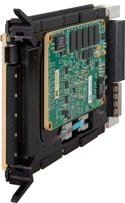
5. PRODUCT FOCUS: Pentek's New Quartz RFSoC Board is Aligned with the Technical Standard for the SOSA Reference Architecture
- Supports Xilinx Zynq UltraScale+ RFSoC
FPGAs - 16 GB of DDR4 SDRAM
- On-board GPS receiver
- PCI Express (Gen. 1, 2 and 3)
- 40 GigE Interface
- Optional VITA 67.3D optical interface
for backplane gigabit serial communication - Dual 100 GigE UDP interface
- Compatible with several VITA standards
including: VITA 46, VITA 48,
VITA 67.3D,VITA 65 (OpenVPX™
System Specification) - Ruggedized and conduction-cooled
versions available

